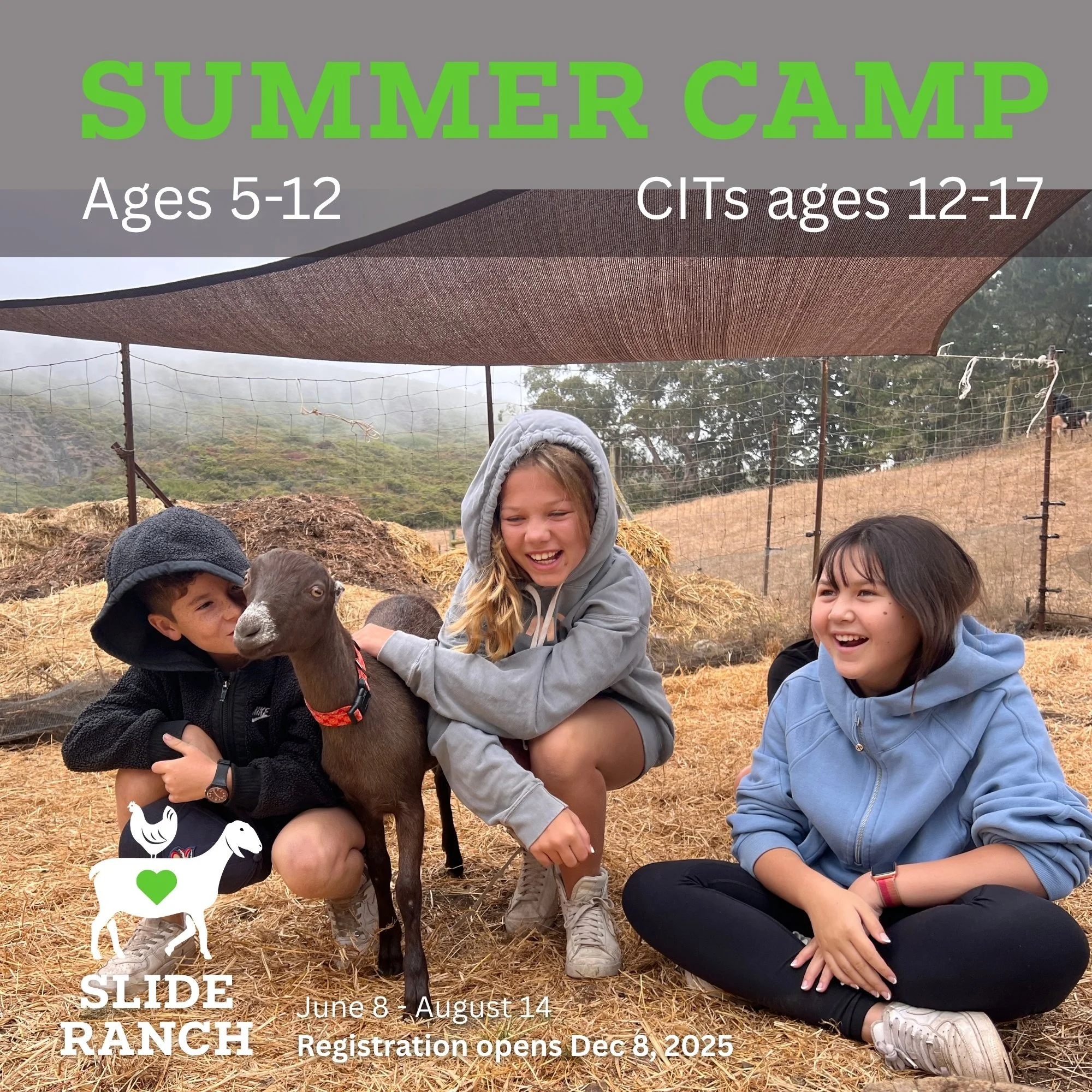10 Simple Ways to Teach Kids to Love Gardening
/Ronnie's Awesome List presents a guest article by Kier Holmes, Bay Area landscaper and garden educator. She is teaching two awesome garden courses for kids at the Mill Valley Library. Registration is required and booking up fast. Don't miss either of these programs:
- Mill Valley Library Garden Club specially designed for grades K-3 every Tuesday for 4 weeks: July 21, July 28, Aug 4th, Aug 11th. Activities will range from Redwood tree appreciation to getting crafty in the garden.
- GardenSmart for Kids: Native Plants on August 6 for grades K-2 about the importance of native plants, make a seed ball with native seeds, and everyone will have a chance to try some native Yerba Buena Tea.
Summer is here, which means it’s the perfect time to plant the love of gardens and nature in children. And bonus: when kids connect with nature there is so much learning that is going on beneath the surface like math, science and art. Here are my top 10 simple and creative ideas to get your kids unplugged, outside gardening and connected to nature.
1. Lead By Example
The best way to get kids outside is to lead by example, to go with them and bring your enthusiasm and curiosity. Really, if you show interest in nature then they will follow.
2. Give Them The Tools
A big part of the fun is having the right garden tools and in their own size. How about a watering can, a set of hand tools, and some brightly colored garden gloves? A kid-sized wheelbarrow is great fun for just moving “stuff”. Together you can also create an explorers kit with a magnifying glass and journal for pasting photos, drawing pictures and writing observations. Consider including a flashlight for night hunting.
3. Encourage Exploration And Using All Their Senses
Allow your kids to explore all the nooks and crannies of your yard. Teach them about the endless fun of bug hunting, how you never know what creature you might discover if you turn over a rock or dig through piles of leaves. Take it a step further by creating a scavenger hunt for them and have the kids find different objects in the yard, like a snail shell, a fuzzy leaf, and a fragrant flower.
Kids are super sensory loaded and learn better by touching, smelling, tasting and hearing. That means sample veggies from the garden, smell the flowers, sit and listen to the birds. Bring them to the local nursery and just walk around looking at everything.
4. A Spot Of Their Own
Let kids have a place in the garden that they can create whatever they like, be it a fairy garden, goblin fort, or just a place for digging in the dirt. A 3’ x 3’ area or raised bed is perfect to start. But it doesn’t have to be in a traditional rectangle. You can use any large container that has drainage.
If you are going to plant edibles, make sure the area gets enough sun. The sense of ownership is awesome for them, plus the fact that they can let their imagination take off.
5. Choose Plants That Are Easy And Fun
While it’s good to involve kids in choosing the plants, make sure their choices will be as trouble and bummer-free as possible. Choose seeds that are big and easy to handle, pick a few plants that will produce quick results, and choose some that are tasty right out of the garden.
Some good plant choices are:
- Sunflowers
- Lettuce –romaine especially
- Peas and beans
- Kale for making kale chips
- Strawberries
- Sweet peas, nasturtium, alyssum, pansies, marigolds
- Mint – plant in a pot or it will get away
You can also make a theme garden bed: like a pizza bed with tomatoes, onion, basil, and oregano. A soup bed with tomatoes, zucchini, chard, onions, garlic. A Beatrix Potter bed with lettuces, radishes, beets, cucumbers, cabbage and marigolds.
Word of caution: never mix non-edible flowers with veggies and fruits. Some flowers are toxic and you wouldn’t want them mixed with food that your kids will eat.
6. Munch, Cook And Eat
When it’s time to harvest, make it a family affair. Let them pick the veggies or fruit, help wash them and even talk about how they will prepare them. Just be ready to eat strawberry and lettuce pasta for dinner.
7. Get Crafty
Recycle, repurpose and remake things that can serve as decoration or tools for the garden. Some ideas are: paint rocks to serve as plant markers, make a bird feeder from a recycled milk jug (I’ve done it and it works!) make dangling decorations with shells and beads. Also, some plants like lavender make wonderfully scented sachets.
8. Garden Through The Seasons
Even after summer is gone and it’s cold and wintry out, bring the garden indoors with some activities. Good choices include a windowsill planter, a terrarium built in an old fish bowl or tank, or force bulbs in a bottle.
9. Think Green
Really, truly, please avoid the use of pesticides or other chemicals if nasty bugs make an appearance. Teach kids about natural practices like using herbs to keep bad bugs at bay. Release ladybugs in the garden who will eat the aphids on plants like roses.
10. Make It Fun
Bottom line: always make a child’s experience in the garden full of wonder and discovery. Let them get lost in the simple pleasure of digging in the dirt…for hours if they want. There is nothing more rewarding to a child than pure, unstructured play in nature, and by granting them this, you are hopefully setting them up for a lifetime of loving and respecting the natural world.
Kier Holmes is a local landscaper who has been designing, consulting and maintaining gardens in Marin for over 15 years. She is also a garden educator at Park Elementary where she encourages discovery, questions and getting hands dirty. Kier is teaching two programs at the Mill Valley Library this summer: Mill Valley Library Garden Club and GardenSmart for Kids: Native Plants. Advanced registration is required. When not designing gardens or looking for worms with kids, Kier is also a writer and artist. You can connect with her at kierandmatt@gmail.com

















